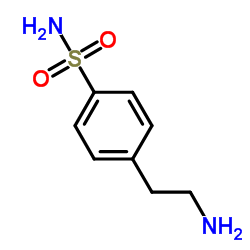Low noise detection of biomolecular interactions with signal-locking surface plasmon resonance.
Layne D Williams, Tridib Ghosh, Carlos H Mastrangelo
文献索引:Anal. Chem. 82(14) , 6025-31, (2010)
全文:HTML全文
摘要
Surface plasmon resonance (SPR) is a popular technique for label-free detection of biomolecular interactions at a surface. SPR yields quantitative kinetic association and dissociation constants of surface interactions such as the binding of two molecular species, one present in the liquid phase and the other immobilized at the surface. Current state-of-the-art SPR systems extract kinetic constants from measurements of the step response of the interaction versus time. The step response measurement is subject to the influence of noise and drift disturbances that limit its minimum-detectable mass changes. This paper presents a new SPR technique that measures the biomolecular interaction not in time but over a very narrow frequency range under periodic excitation. The measured response is, thus, locked to a very specific narrow band signal. This narrow band spectral sensing scheme has a very high degree of rejection to uncorrelated spurious signals. The signal-locked SPR technique was implemented using a chemical modulator chip connected to a set of functionalized Au sensing sites downstream. Binding experiments for a model system of carbonic anhydrase-II (CA-II) analyte and immobilized 4-(2-aminoethyl)benzenesulfonamide (ABS) ligand display a 100-fold (20 dB) improvement in the measured signal-to-noise ratio (SNR) when using the new technique compared to the SNR achieved using the conventional step response method.
相关化合物
| 结构式 | 名称/CAS号 | 分子式 | 全部文献 |
|---|---|---|---|
 |
4-(2-氨乙基)苯磺酰胺
CAS:35303-76-5 |
C8H12N2O2S |
|
Multiple ligand detection and affinity measurement by ultraf...
2015-07-30 [Anal. Chim. Acta 886 , 98-106, (2015)] |
|
Inhibition of hypoxia-inducible carbonic anhydrase-IX enhanc...
2011-07-01 [Acta Pharmacol. Sin. 32(7) , 912-20, (2011)] |
|
Probing protein binding spectra with Fourier microfluidics.
2010-01-01 [Conf. Proc. IEEE Eng. Med. Biol. Soc. 2010 , 5318-21, (2010)] |
|
Serine protease inhibitors block priming of monocytes for en...
1995-12-01 [Immunology 86(4) , 629-35, (1995)] |